After two postponed work resumption policies, the date of return to work on February 10 is approaching. Therefore, we have already started the largest return journey during the epidemic prevention period, and we are about to usher in the first climax of going to work. The two major crowded nodes are even more A very big test of epidemic prevention.
Among them, cities such as Harbin have even introduced traffic control measures. For those who do not have private cars or are restricted, public transportation is the most frequently used and the most contacted person, and it is also the most important thing to pay attention to when riding.
We have previously illustrated the disinfection practice of private cars, and this time, I will explain some points that passengers need to pay attention to when taking public transportation. First of all, let me do some popular science based on some research results of authoritative institutions and personnel on the coronavirus.
Main routes of transmission:
(Image credit: CDC)
Respiratory droplet transmission and contact transmission. Including saliva droplets and sneeze droplets, contact with nasal mucosa, oral mucosa or eyes can be infected. Contact transmission includes that after the virus is deposited on the surface of the object, the hands are re-contaminated with mucosal tissues and then infected with the virus. The fastest infection case is a man in Zhejiang, who only has 15 seconds of contact time with the infected person.
Virus survival time:
(Source: Guangzhou CDC)
According to Jiang Rongmeng, a member of the expert group of the National Health Commission, the virus can survive on smooth surfaces for several hours, and can survive for up to 5 days if the temperature and humidity are suitable. At present, viral nucleic acid has been found on the doorknob of patients who have been diagnosed with coronavirus in Guangzhou, and there may be live virus, indicating that there is still a risk of infection within a certain period of time.
How to best avoid infection when using public transport?
The first step of prevention is to wear a mask that meets the epidemic prevention standards, and if you take a bus, the interior of the car is one of the environments with the worst air circulation. Make sure that the mask is worn correctly.
Refer to Appendix A (normative appendix) of "Technical Specifications for Isolation in Hospitals": How to wear masks:
(1) The nose clip side is up, the dark side is out (or the folds are down) (2) The folds are opened up and down so that the mask covers the mouth, nose and chin. (3) Place the tips of both fingers along the metal strip of the bridge of the nose, from the middle to the two sides, and slowly press inward until it is close to the bridge of the nose. (4) Adjust the mask appropriately so that the periphery of the mask can fully fit the face. If possible, you can wear glasses for eye isolation.
Precautions for taking the bus
(Notice source: Dongyang Epidemic Prevention and Control Work Headquarters)
Buses are the means of transportation with the largest flow of people on the road. They can carry thousands of passengers every day. The air in the carriages is not ventilated. If there is a virus, the concentration will be very large, and there will be many infected people. At present, there are already some areas. of bus drivers have contracted Covid-19, where the virus is most likely to spread. And the place where we want to touch the bus is also the concentration of virus remnants.
Standing Armrest:
The standing handrail of the bus is the place where the whole vehicle touches the most frequently and the number of people, and we all know that the surface of the handrail is mostly smooth, and all kinds of people will hold the handrail tightly, which is the "high risk" most likely to touch the virus. one of the parts.
Seat Armrest:
The upper version of the bus seat back has two armrests, and both rear passengers and standing passengers will grab it, and if a rear passenger sneezes without wearing a mask, there may be droplets with viruses.Of course, for me personally, it is not recommended to take bus lines with heavy traffic during the epidemic prevention period.
Precautions for taking online taxis
(Source: Luohe Municipal Health Commission)
The most unsafe place for taxis and online car-hailing is that the space inside the car is small, the virus concentration is higher, the spread of droplets is easier, and the necessary contact areas are concentrated. At present, there are already Didi drivers and taxis in some areas. The driver is infected, and there is also a risk of infection when riding. Therefore, if you are riding a car, you must pay special attention to the following parts, and try not to touch it directly with your hands.
door handle:
As long as you get on or off the bus, the door handle is the first place you will touch, and it must be touched. Taxis carry dozens of passengers every day, and the touch frequency is high, and the surface of the handle is relatively smooth, suitable for Virus survives.
Door Handle:
To close the door after getting in the car, the second place to touch is the door handle, and after the door is closed, many passengers have the habit of holding the handle with their hands. The frequency of touching it is higher than that of the handle, and the probability of infection is also higher.
seat belt:
The third step after getting in the car is to pull on the seat belt and buckle the seat belt buckle. Because the seat belt buckle is not easy to buckle, the touch area is relatively wide, and the seat belt will also be pulled by hand. It will rub on the safety drop, so it is also a dangerous area for exposure to viruses.
Window buttons:
For passengers, if they want to open the window for ventilation, the fourth place to touch is the window lift button. Although the contact frequency is not high, there is still a certain risk of exposure to infection.
The above four parts are the parts that we must touch on public transportation and are most susceptible to infection, so my suggestion is to wear gloves, or bring your own tissue, and directly isolate and touch the above parts, which is the most effective method.
At the same time, when riding a car, the driver can be asked to open the outer circulation in an open area, and open a gap in the car window to keep the air in the car in a circulating state and reduce the risk of droplet transmission.
Summarize:
Academician Zhong Nanshan said in a press conference on February 2 that there will be a peak in the next 10 days or two weeks, that is, the point of return and rework, which requires all of us to work together, try not to go out, and pay attention to protection when returning to work. To protect yourself and others, I hope you can forward this article to your relatives and friends at home. At this critical moment, it is the greatest responsibility to yourself and the people around you to do a good job in preventing the epidemic by traveling. Of course, if conditions permit, try to travel off-peak and avoid peak periods.

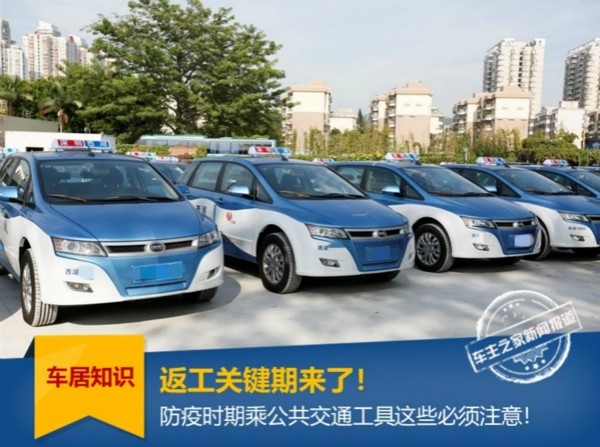

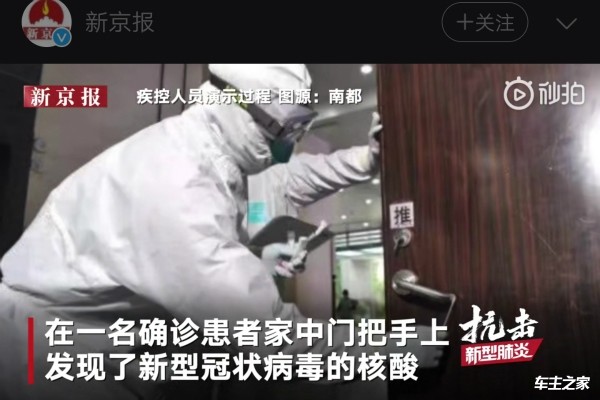
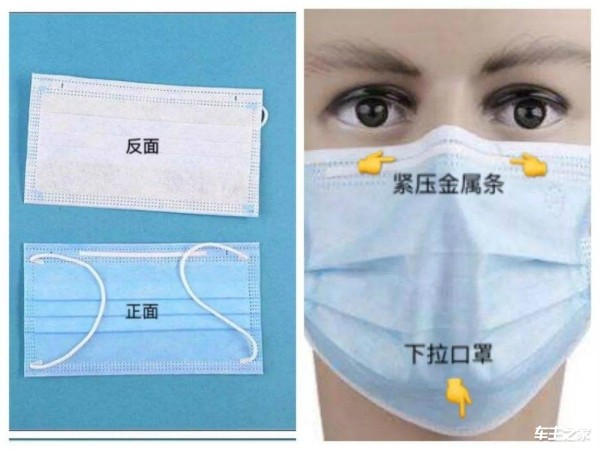

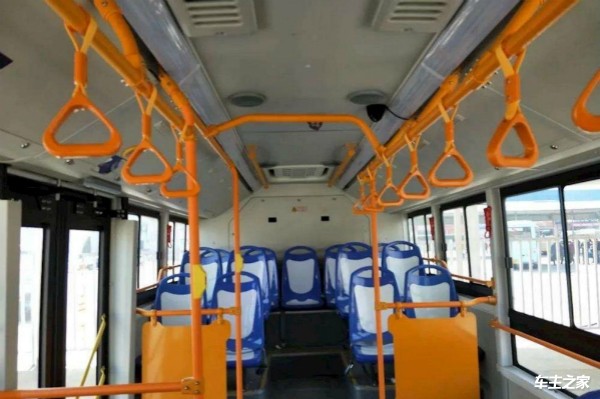


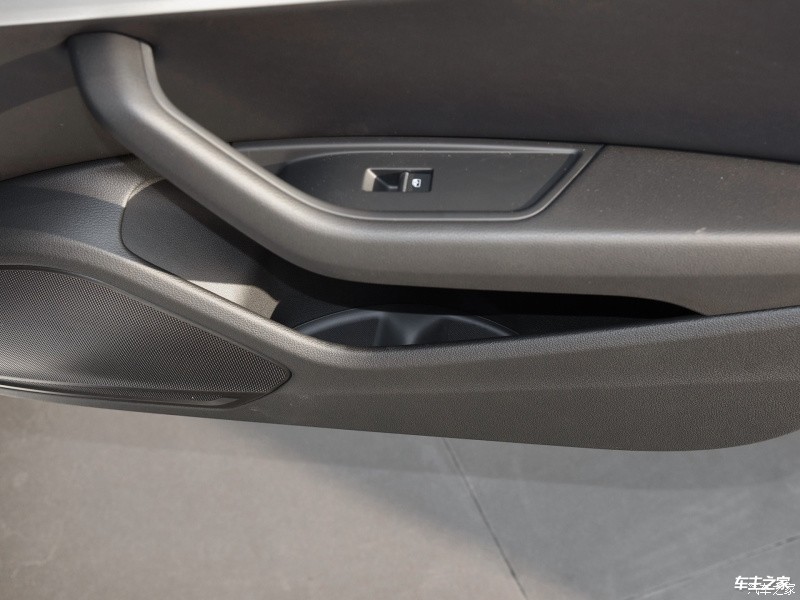

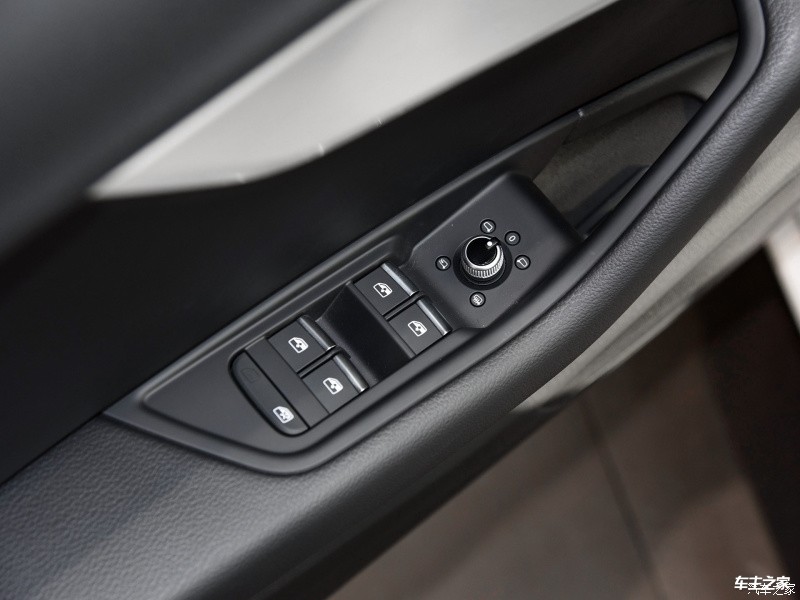
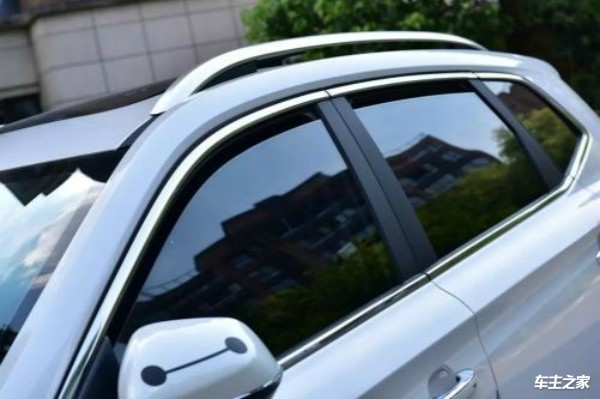







 Email:
Email: